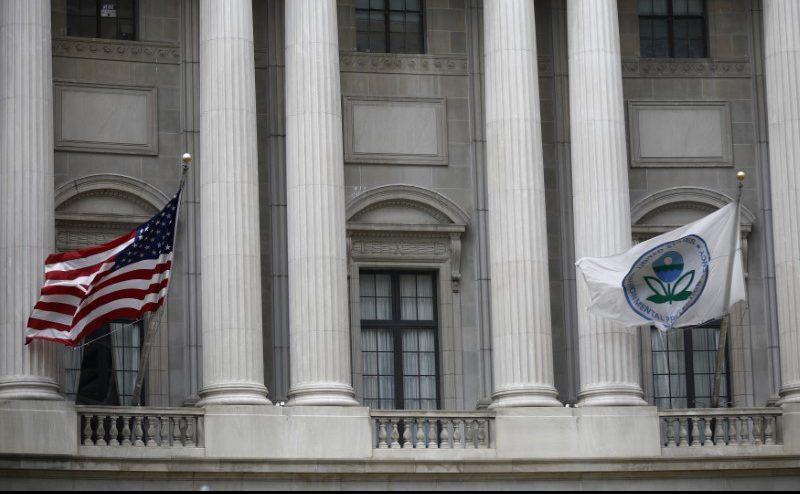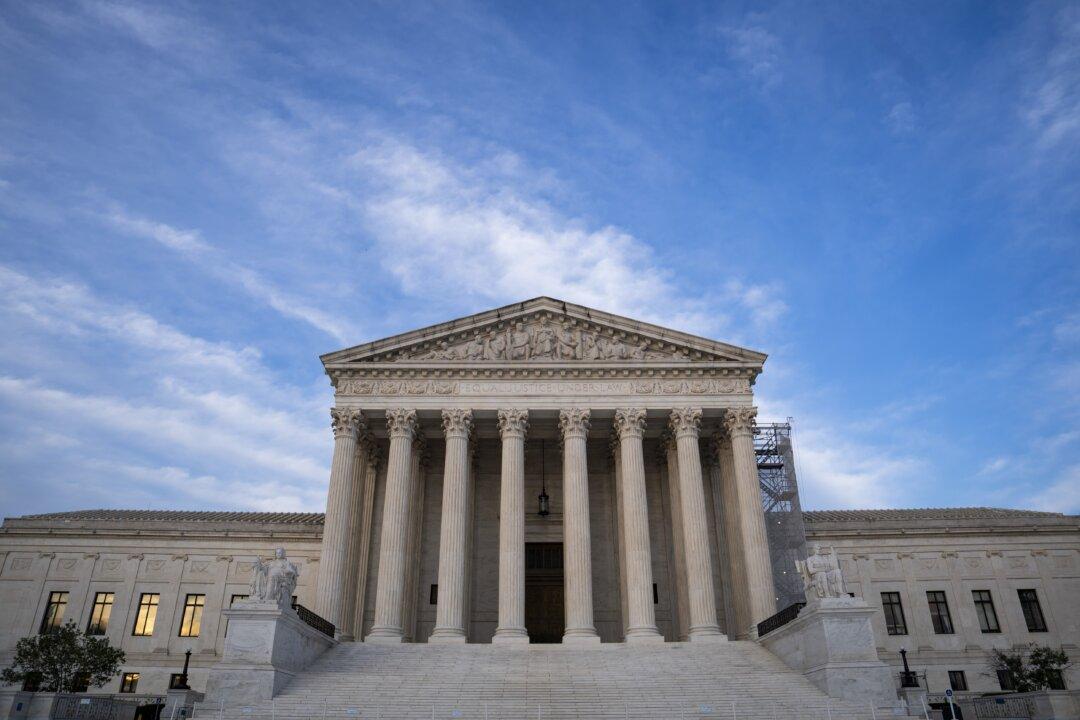Commentary
On one level, the following is a local story, because it was big news only in the Chicago metropolitan area (where I was born and still reside). On another level, it’s more than that. It’s the kind of story that could be written a hundred times over, all around the country.





